Unobstructed Views: A 20th Century Interloper in Brooklyn Heights
Brooklyn Heights is known for its 19th century row house character, but in the midst of the bucolic streets are some rather interesting 20th century apartment houses.

Brooklyn Heights is known for its 19th century row house character, with graceful stoops and quirky charm, but in the midst of the bucolic streets are some rather interesting 20th century interlopers.
Right off the Brooklyn Heights Promenade, at 160 Columbia Heights, is a yellow brick Art Moderne/Art Deco apartment building designed by architect A. Rollin Caughey in 1937 for builders Silk & Hitlin.
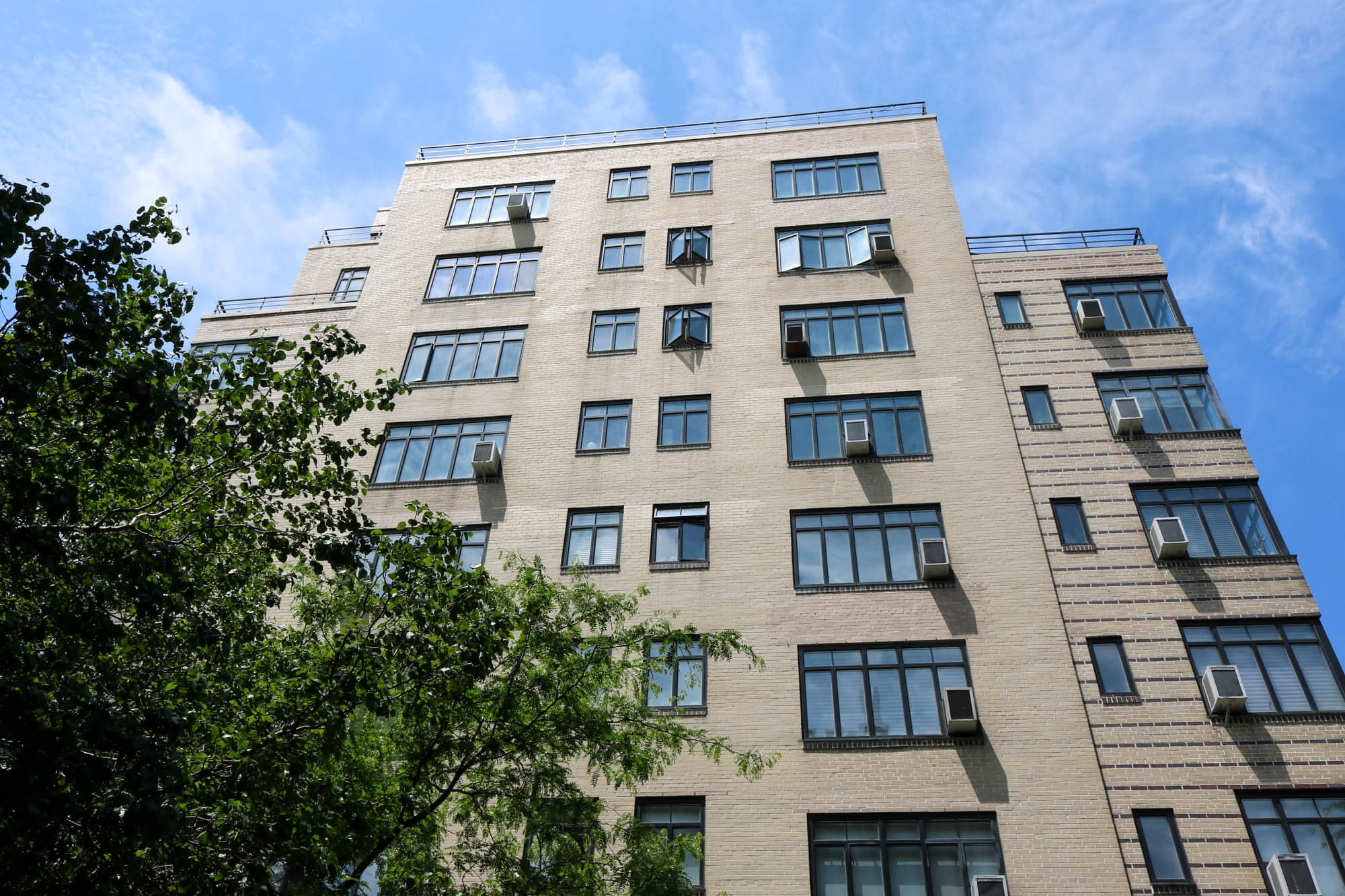
Caughey designed the 11-story building to replace several houses on the site — a move that the Brooklyn Daily Eagle noted in 1936 was not unusual as “fine old Height[s] residences are being demolished to make way for apartment operations.” The location was a prime one for the new tower, on a choice corner overlooking the waterfront, with views of the East River and Manhattan.
Caughey seems to have had steady business designing apartment buildings, some with his partner William F. Evans, Jr. under the name Caughey & Evans.
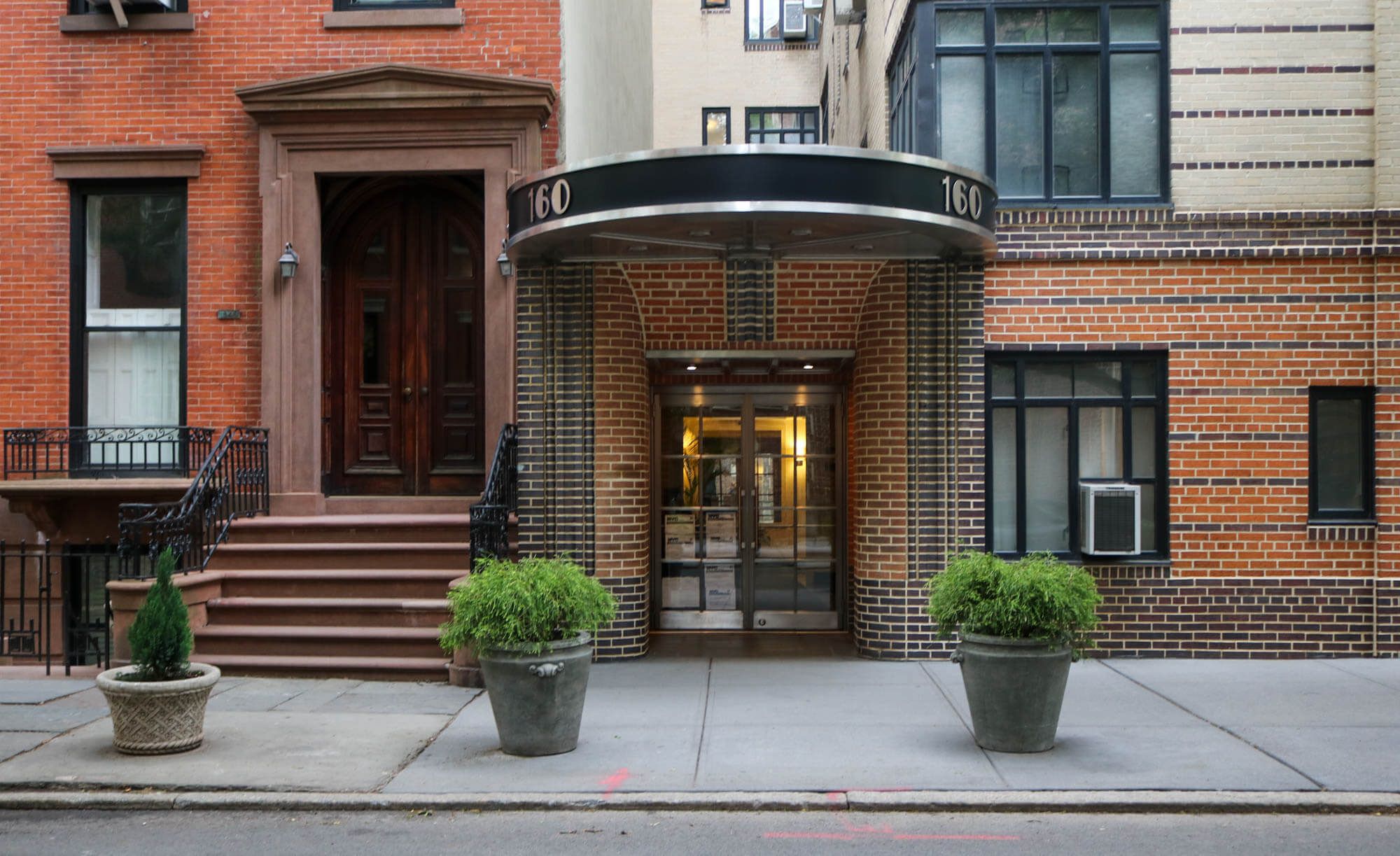
While the height of the building soars above the more modest 19th century houses next door, the entrance is fairly restrained and sited directly at street level, so the adjacent stoop still rises above.
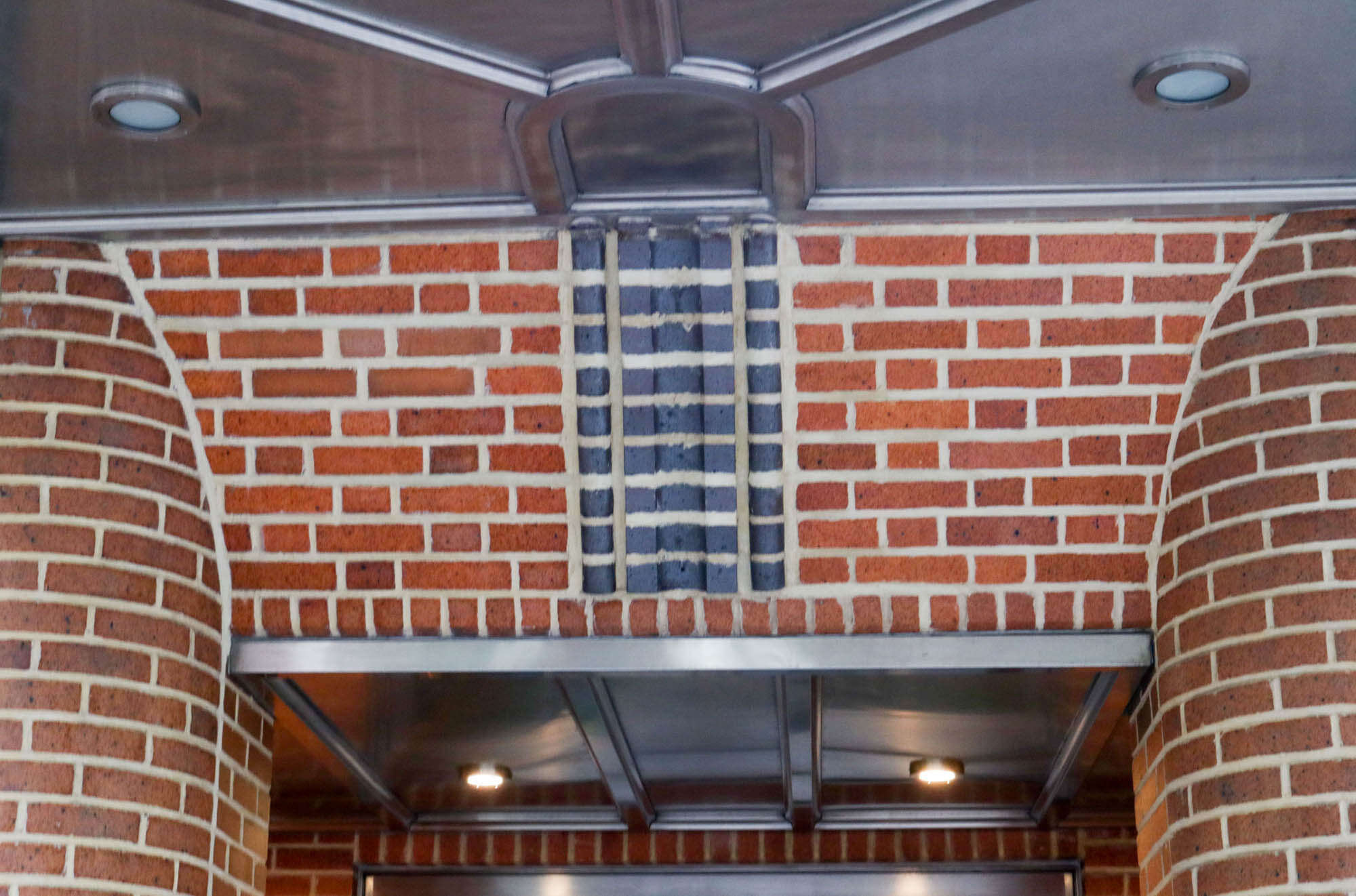
The gentle curves of the entry and the red and black brick details are about as ornamental as the building gets.
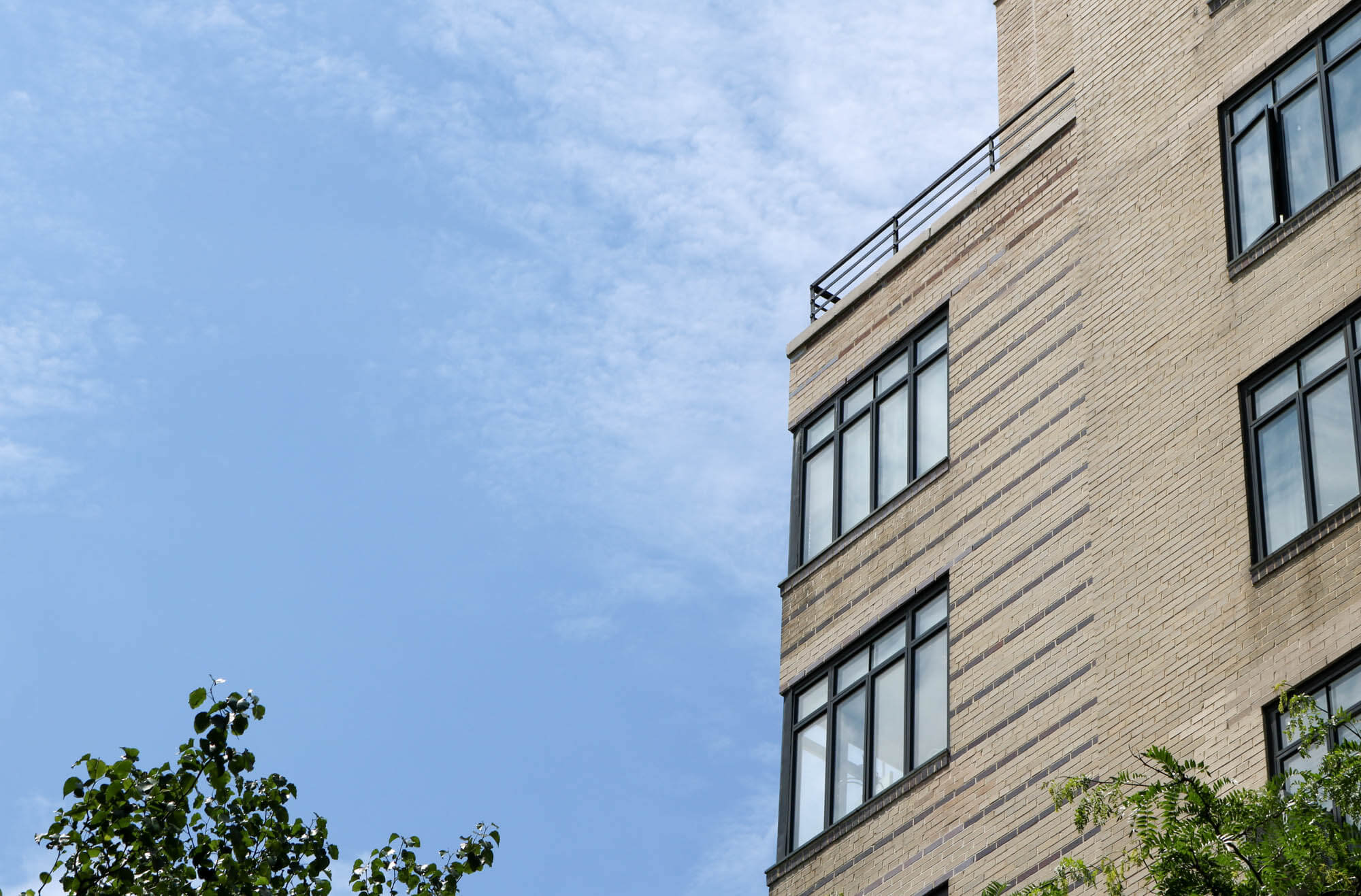
The Columbia Heights and Clark Street facades feature corner windows and restrained brick detailing. Repairs over the years have led to some brick replacement, and the dark brick detail has dulled a bit.
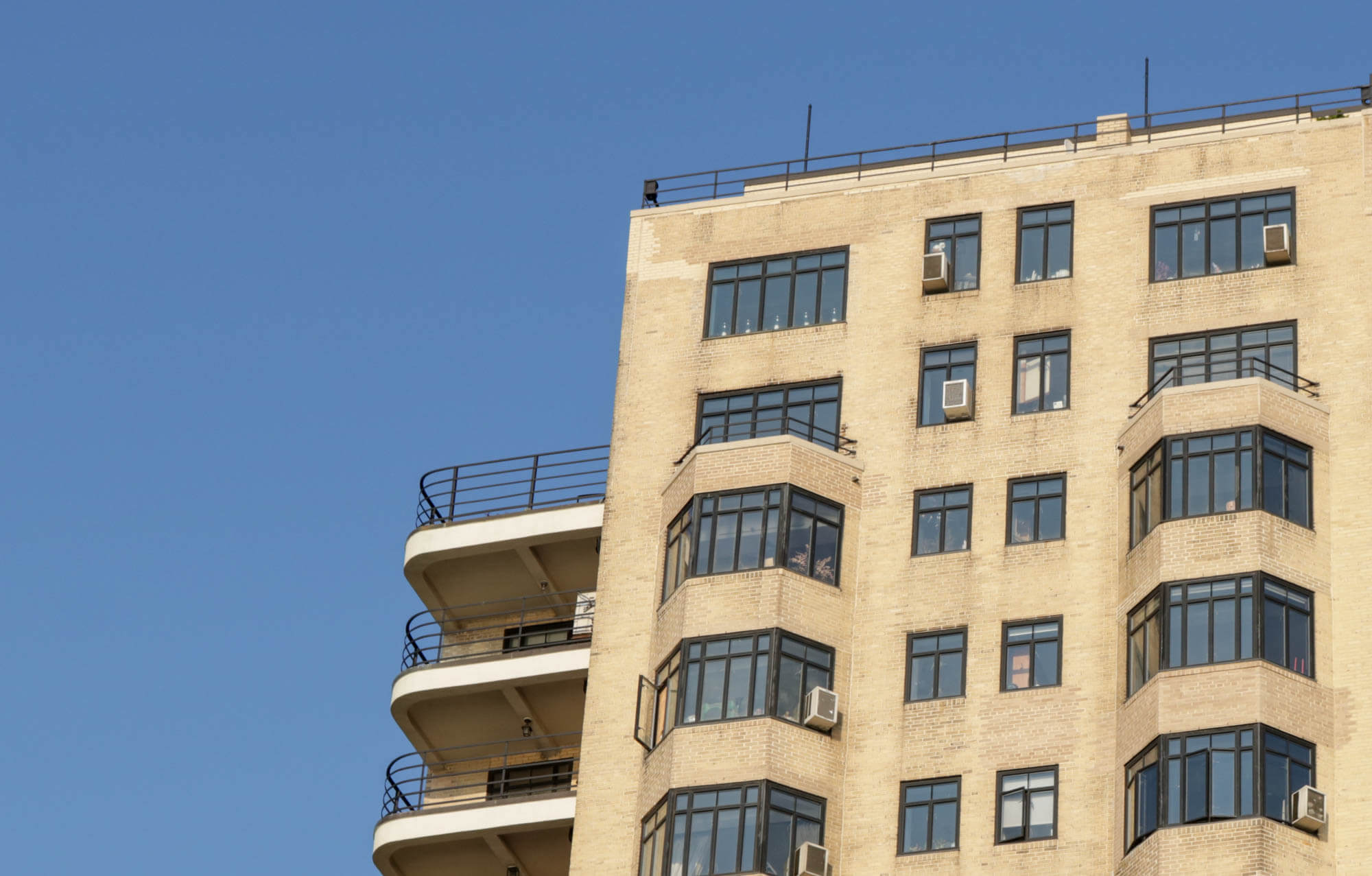
The waterfront facade is a bit more exuberant, with squared-off bay windows rising up the center of the facade and curved balconies at the corners.
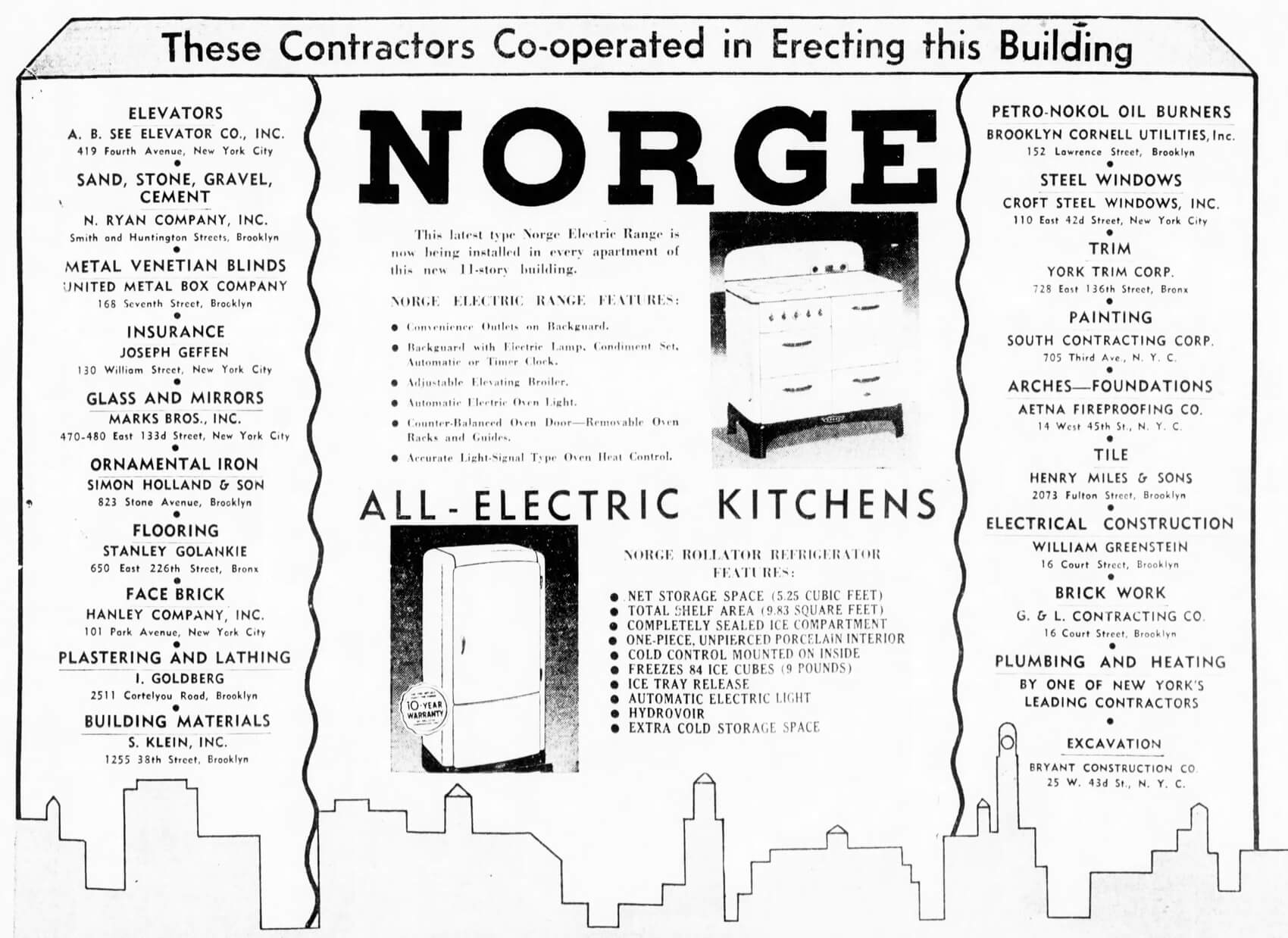
Thanks to the heavy promotion of the building, we know exactly where elements of the building came from — so if you were wondering who did the original plastering or what kind of stove would have been installed, you are in luck.
The full-page advertisement listed all the participating vendors as well as the enviable features, including sound-deadening between apartments, easy subway access and a promise that the view of the Manhattan skyline would remain unobstructed. Some mod cons that are no longer so common included combination hampers and utility cabinets and dedicated radio outlets.
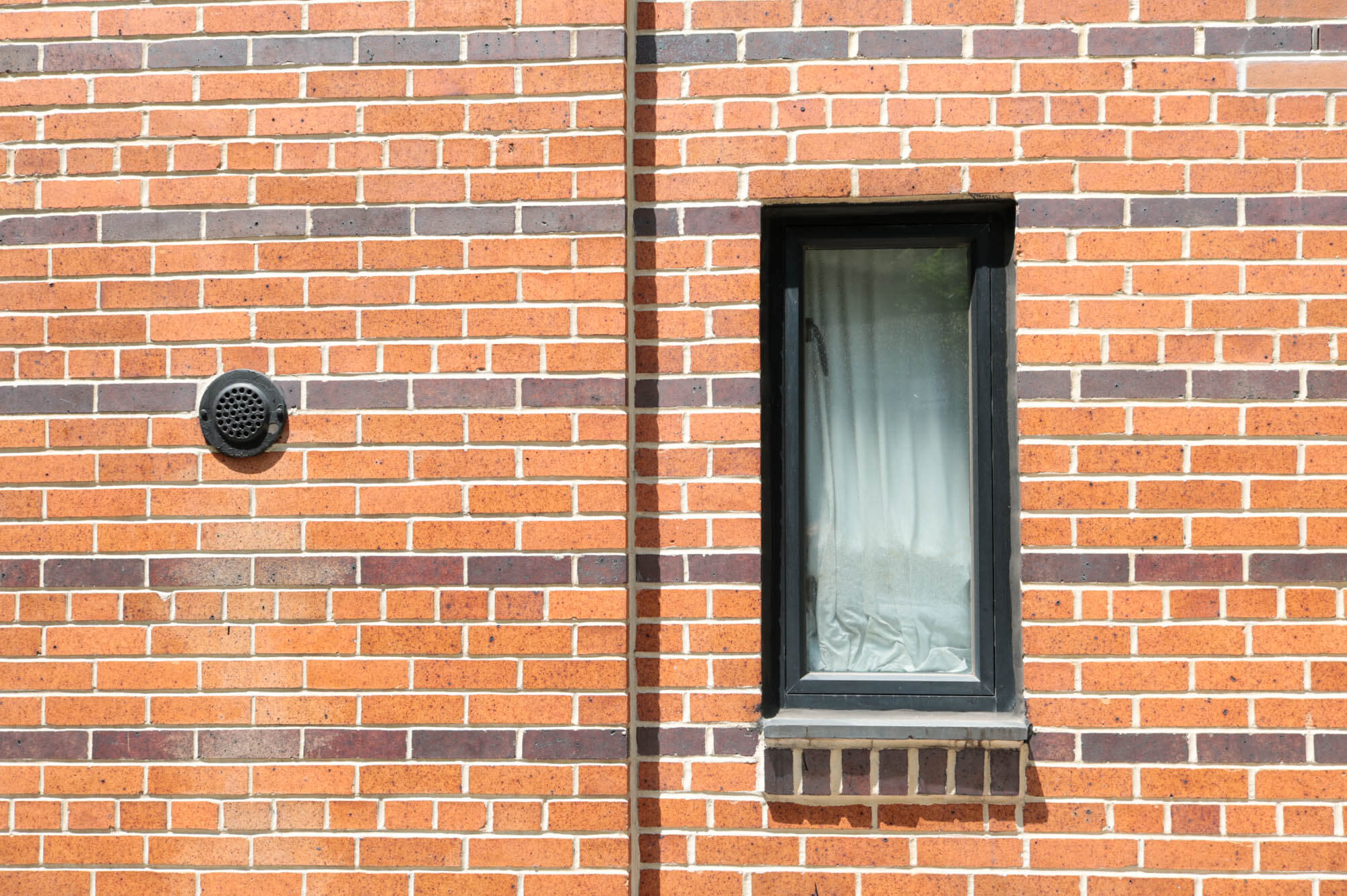
The building, now a co-op, was originally constructed with 81 apartments, with units that ranged in size from two to eight rooms. According to an early advertising brochure for the building, it included “a few duplexed penthouse apartments.”
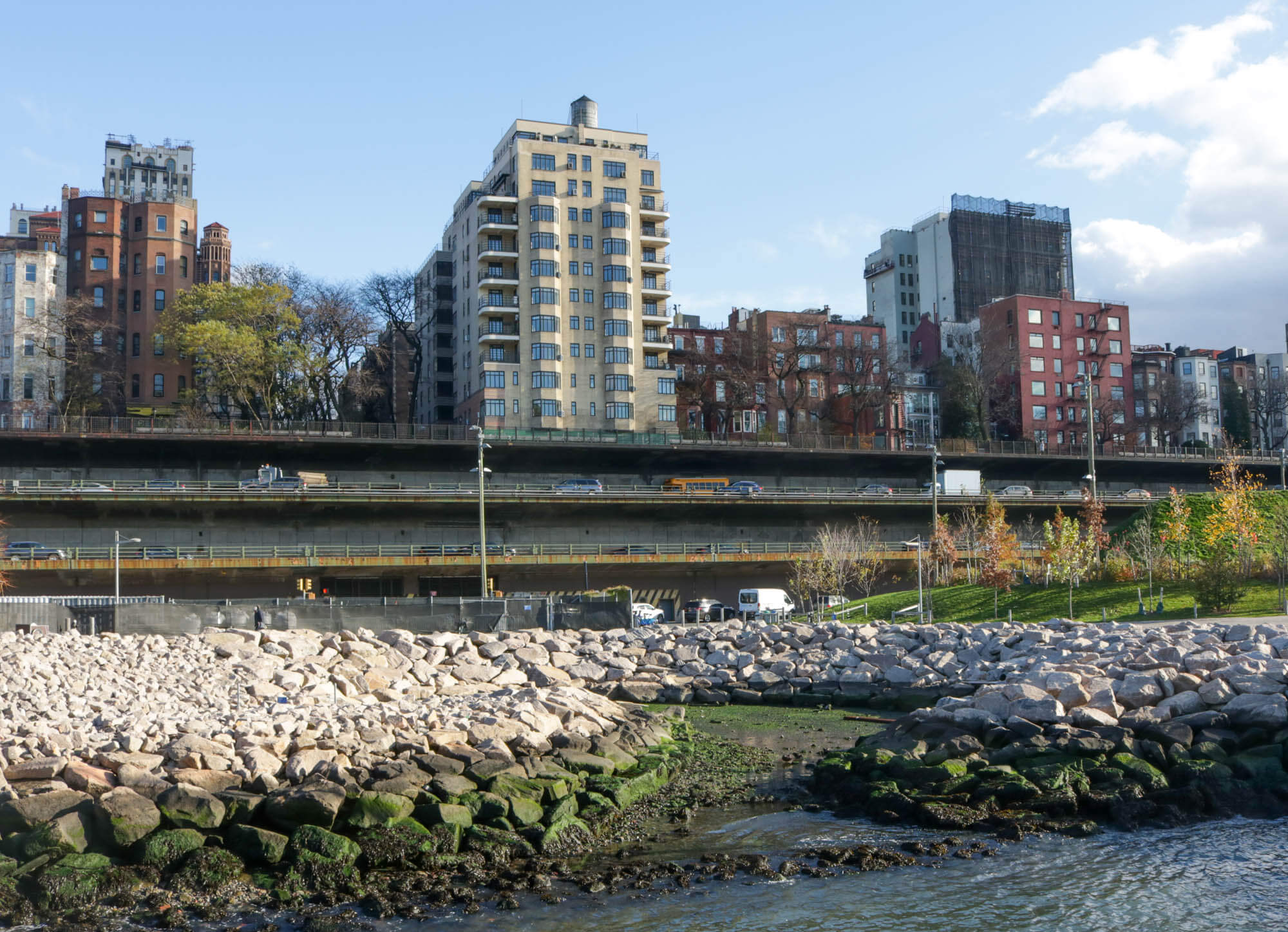
Frequently mentioned in ads for the building was its prime location and enviable views. One advantage that would not have been part of the original promotion is the Brooklyn Heights Promenade — construction of the scenic overlook and the cantilevered Brooklyn-Queens Expressway underneath started in 1946 and wasn’t complete until 1950. The early renters would have put up with noise and construction dust, but if they hung in there would have been rewarded with access to what has become an iconic Brooklyn amenity.
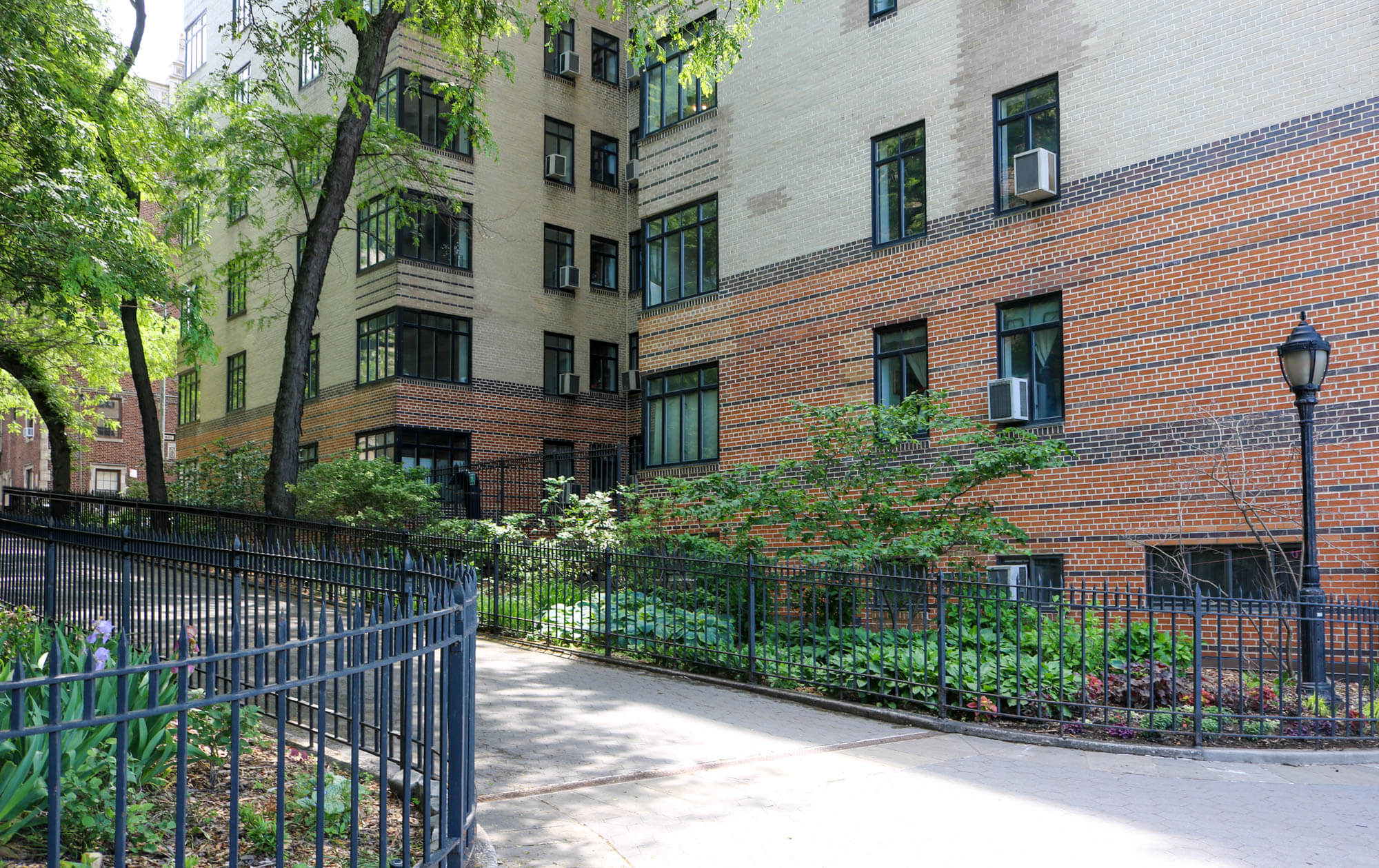
The building is located adjacent to the Clark Street entrance to the promenade and to Fort Stirling Park, an often overlooked green space. The pocket park was once the site of a Revolutionary War-era fort named for Lord Stirling, a general in the Continental Army.
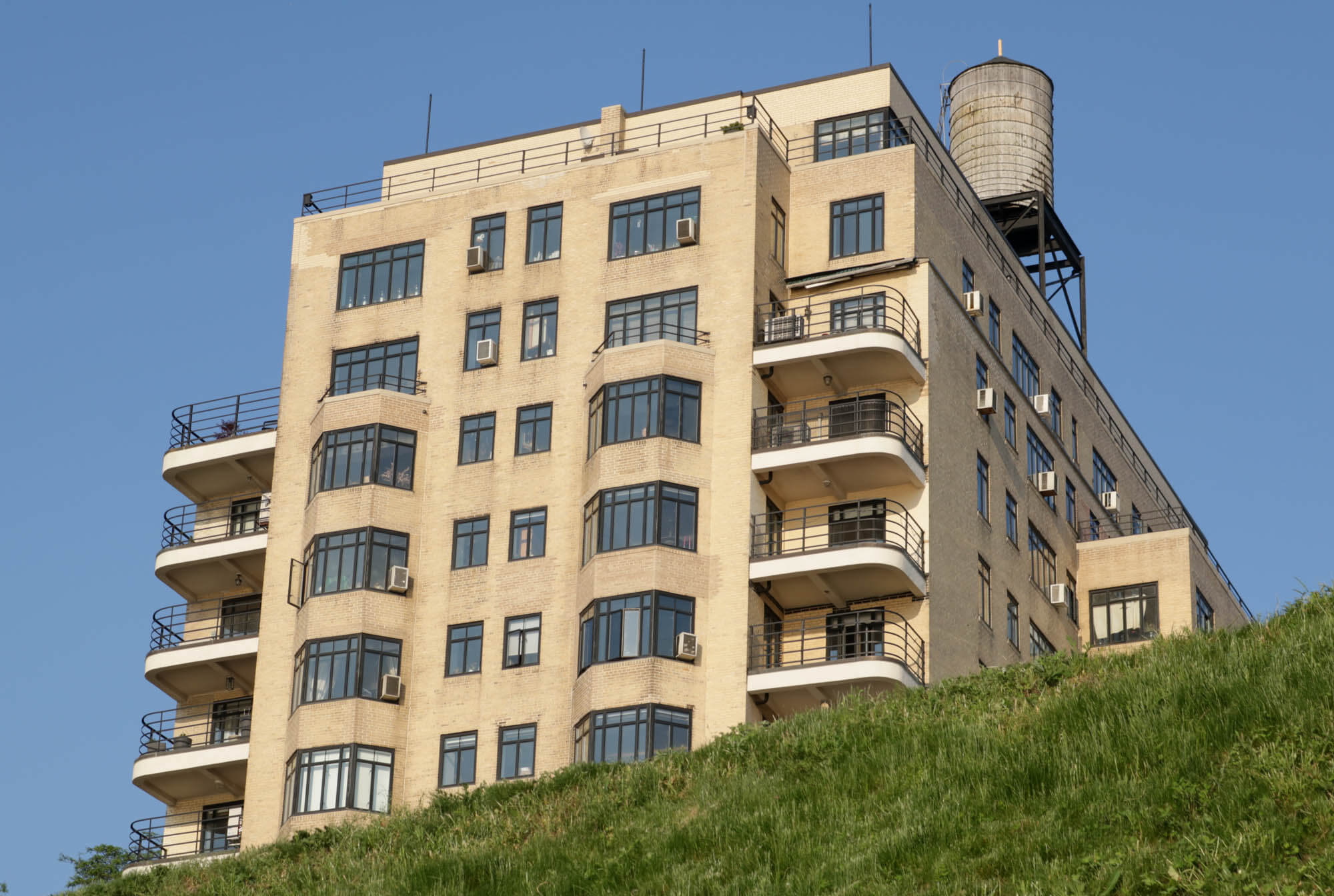
Not only is 160 Columbia Heights visible to passers-by on the promenade, but its visibility has increased with the rise in public access to the waterfront. The view has grown more green in recent years, thanks to Brooklyn Bridge Park below.
[Photos by Susan De Vries]
Related Stories
- Built by Bread, This Prospect Lefferts Gardens Bakery Once Perfumed the Neighborhood
- The House That Hats Built, a Queen Anne Manse in Brooklyn Heights
- The Heights Casino, Built for Squash Not Slots
Email tips@brownstoner.com with further comments, questions or tips. Follow Brownstoner on Twitter and Instagram, and like us on Facebook.





What's Your Take? Leave a Comment